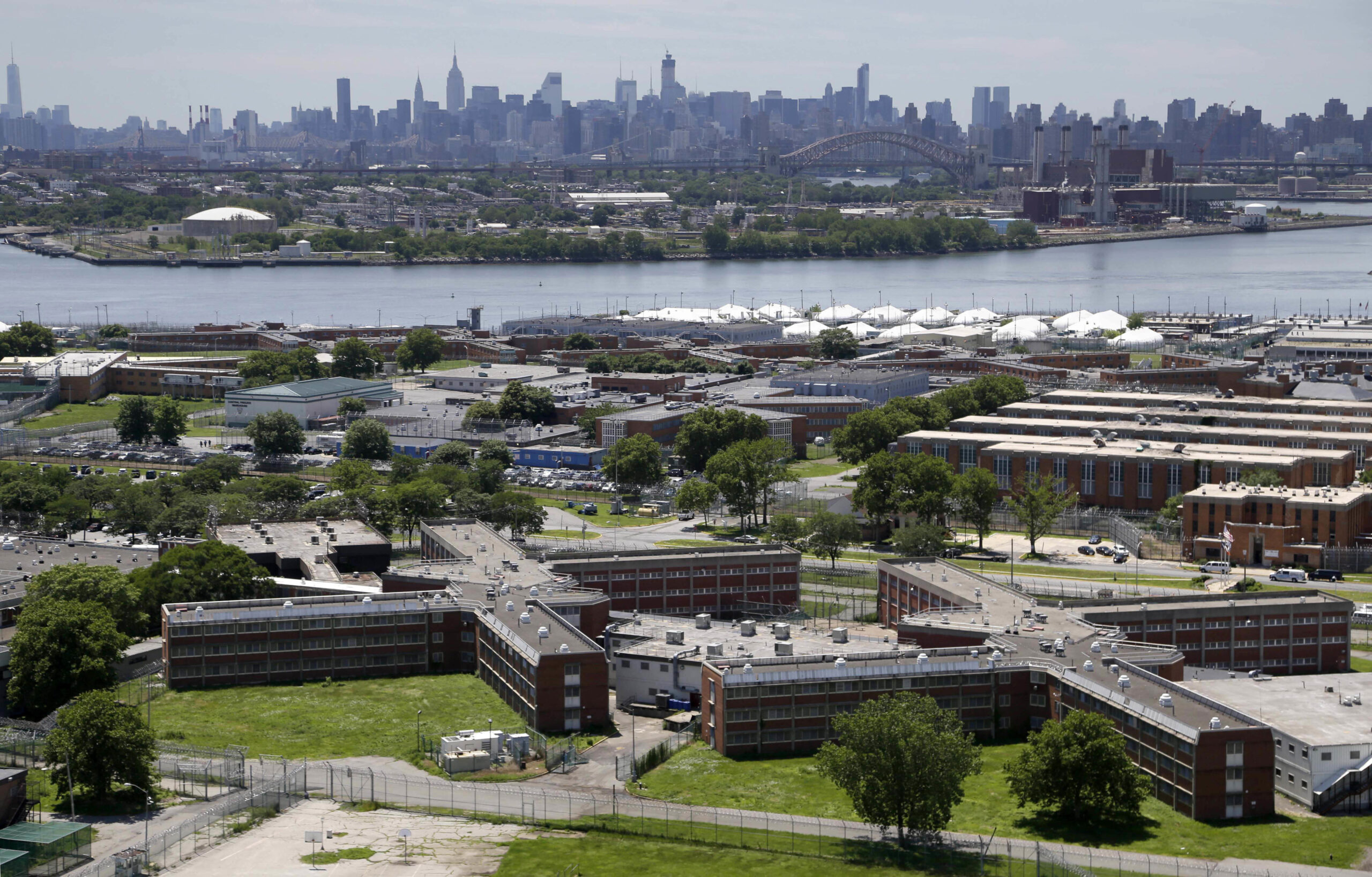Department of Corrections Honcho blames courts for rising Rikers population

The Department of Correction Commissioner, Louis Molina, has attributed the increasing Inmate population at Rikers Island to the state court system’s procedural delays. His claims come amid mounting criticisms and as the city’s 2027 deadline to halve Rikers’ population looms large.
Rikers, New York City’s notorious jail complex, currently houses around 6,000 detainees daily. Molina, however, expects this figure to reach an average of 7,000 by next summer. These numbers present a daunting disparity, given that the four borough-based jails set to replace Rikers Island by 2027 will only be able to accommodate a combined total of 3,300 detainees.
At an oversight meeting of the Board of Correction, Molina stated, “The court process is what’s causing [the delay in outflow].” He further highlighted that “the outflow of persons that are in temporary detention is not happening at a pace that’s exceeding the inflow of bodies coming in.” Essentially, detainees are not exiting the system as rapidly as they are entering it.